Yoga ball exercises for core strength have become increasingly popular due to their ability to target and tone muscles effectively. Whether you're aiming to build a stronger core, improve posture, or enhance overall stability, using a yoga ball can provide excellent results. In this article, we’ll dive deep into the benefits, exercises, and tips for using a yoga ball to strengthen your core, highlighting a variety of ball core exercises suitable for all fitness levels.
Core strength is essential for overall health and athletic performance. Incorporating a yoga ball core workout into your fitness routine can help you strengthen your abdominal muscles, lower back, and pelvis. Core exercises on the exercise ball are a dynamic and fun way to challenge your stability and balance. A yoga ball, also known as a balance ball, exercise ball, or stability ball, serves as a versatile tool to engage your core muscles more effectively than traditional floor exercises.
Overview of Yoga Ball Core Workouts
Yoga balls provide an unstable surface, forcing your body to engage stabilizing muscles while performing core exercises. This added challenge results in a more efficient workout. By incorporating stability ball exercises into your routine, you can strengthen not only your core but also improve flexibility, posture, and overall body strength.
Why Use a Yoga Ball for Core Exercises?
The core exercises gym ball and balance ball core exercises are highly effective due to the instability of the yoga ball. The ball forces your muscles to work harder to maintain balance, activating more muscle fibers in the abdominal region. Here are a few reasons why these exercises are beneficial:
Benefits of Stability Ball Core Workouts
- Improved Balance and Coordination: When performing stability ball core exercises, your body must constantly adjust to the ball's movement, improving overall balance.
- Enhanced Muscle Activation: The instability of the ball activates deeper core muscles that are often neglected in traditional floor exercises.
- Posture Support: Strengthening your core with physioball core exercises can help improve posture by targeting muscles that stabilize the spine.
- Injury Prevention: A strong core helps protect your back and joints by improving stability and reducing strain on these areas.
The Anatomy of Core Muscles
To understand how core ball exercises work, it’s essential to know the muscles involved. Your core is more than just your abdominal muscles; it includes several muscle groups that stabilize your torso:
- Rectus Abdominis (front of the abdomen)
- Obliques (side muscles)
- Transverse Abdominis (deep abdominal muscles)
- Erector Spinae (lower back muscles)
- Glutes and Hip Flexors (assist in pelvic stability)
Key Muscles Targeted in Core Exercises
When you engage in core exercises exercise ball routines, these muscle groups are activated and strengthened, promoting better stability and posture.
Core Exercises Using the Yoga Ball
The exercise ball core workout can be as simple or advanced as you prefer. Below are some essential core ball exercises to target all areas of your core.
Effective Ball Core Exercises to Build Strength
- Plank on the Ball: Place your forearms on the yoga ball while keeping your body in a straight line. Hold for 30-60 seconds, maintaining tightness in your core.
- Ball Pass: Begin in a plank position with your feet on the ball. Roll the ball towards your hands and back, engaging your entire core.
- Ball Crunches: Sit on the ball and roll down so that your back is supported by the ball. Perform crunches, focusing on using your abs rather than your neck.
Balance Ball Core Exercises
The balance ball core exercises focus on improving your stability and targeting deeper core muscles. Here are a few examples:
How Balance Balls Enhance Core Stability
- Balance Ball Squats: Stand with your back against the ball pressed against a wall. Perform squats, ensuring your knees don’t extend beyond your toes.
- Ball Roll-Outs: Begin on your knees with your hands on the ball. Slowly roll the ball forward, extending your body, and then return to the starting position.
- Side Leg Lifts: Lie on the ball with your legs extended. Lift your top leg up and down, engaging your core for stability.
Stability Ball Core Workout for Beginners
For beginners, starting with simple core exercises on exercise ball can help you build strength gradually.
Simple Stability Ball Core Exercises
- Seated Ball Squeeze: Sit on the ball, squeeze it between your knees to engage your inner thighs and core.
- Wall Sit with Ball: Hold the ball between your back and the wall while performing a wall sit, engaging the core muscles.
- Leg Lifts: Lie on your back and place your legs on the ball. Lift your legs to a 90-degree angle while keeping your core tight.
Advanced Core Ball Exercises for Strength
Once you’ve mastered the basics, you can increase the intensity with more challenging core exercises gym ball moves.
Challenging Exercise Ball Core Movements
- Stability Ball Pike: Start in a plank position with your feet on the ball. Engage your core to lift your hips towards the ceiling, forming a pike.
- Single-Leg Ball Roll-Outs: Perform the same movement as the ball roll-out but with one leg extended. This adds a level of difficulty and increases the demand on your core.
- Ball Push-Ups: Place your hands on the ball while performing push-ups, ensuring your core remains engaged throughout the movement.
Core Exercises on Exercise Ball: Variations
Adding variety to your core exercises on exercise ball is key to continually challenging your body and preventing plateau. Here are a few variations:
Modifying and Progressing Your Core Ball Workouts
- Increase Reps or Sets: Gradually increase the repetitions or sets to build endurance.
- Incorporate Weights: Hold dumbbells or medicine balls while performing core exercises to add resistance and intensity.
- Use Ball for Stability in Other Movements: Incorporate the ball into other exercises such as lunges or squats to engage your core in a dynamic way.
Physioball Core Exercises
A physioball core workout offers similar benefits to the yoga ball, targeting all areas of the core with a focus on rehabilitation and injury prevention.
Using the Physioball for a Stronger Core
- Physioball Back Extensions: Lie with your stomach on the ball and use your lower back muscles to lift your upper body.
- Bridge with Physioball: Place your feet on the ball and lift your hips, engaging your glutes and core to stabilize the movement.
Correct Form and Technique for Yoga Ball Core Exercises
Proper form is crucial for maximizing the benefits of core ball exercises and avoiding injury. Here are some tips:
Avoiding Common Mistakes
- Engage Your Core: Always maintain tension in your abdominal muscles to protect your lower back.
- Controlled Movements: Perform each exercise slowly and with control to maximize muscle engagement.
- Alignment: Keep your body in a straight line during planks or push-ups, and avoid arching your back.
Safety Tips for Stability Ball Workouts
Safety should always come first when performing stability ball exercises core routines.
Ensuring Safe and Effective Practice
- Check Ball Stability: Always ensure the ball is properly inflated and stable before use.
- Avoid Overstretching: Don’t push yourself too hard, especially in the beginning. Gradually increase intensity.
- Use a Mat: Practice on a non-slip surface or mat to avoid any slipping.
How Often Should You Practice Core Ball Exercises?
For optimal results, it’s essential to practice exercise core ball routines consistently. Most experts recommend performing core workouts at least 2-3 times per week.
Recommended Frequency for Maximum Results
Start with two sessions per week and gradually increase frequency as you build strength. Ensure you allow enough recovery time to avoid overtraining.
Combining Core Ball Exercises with Other Workouts
Yoga ball exercises can complement other workout types, enhancing your overall fitness routine.
Integrating Stability Ball Core Workouts into a Routine
Pair your core ball exercises with cardio, flexibility training, or strength workouts to create a well-rounded fitness plan.
Yoga Ball Exercises for Overall Fitness
Beyond core strength, yoga ball core exercises can improve balance, coordination, and flexibility, offering a holistic approach to fitness.
Full-Body Benefits from Core Exercises on Yoga Ball
Many core ball exercises also engage your arms, legs, and back, offering a full-body workout that improves endurance and strength across multiple muscle groups.
Conclusion
Incorporating core ball exercises into your fitness routine can significantly enhance your core strength, posture, and overall stability. Whether you are a beginner or an experienced athlete, the versatility and effectiveness of stability ball core workouts make them an excellent choice for anyone looking to improve their fitness. Regularly practicing yoga ball exercises for core will not only help you develop a stronger core but will also provide numerous health benefits that extend beyond the gym.
FAQs
-
What are the best yoga ball exercises for core?
- Planks, ball crunches, and ball roll-outs are great starting points.
-
How can I improve my core with stability ball exercises?
- Incorporate movements like leg lifts, side leg raises, and ball roll-outs to challenge different muscle groups.
-
Is the yoga ball effective for beginners?
- Yes! Stability ball exercises are accessible for beginners and can be modified to suit various fitness levels.
-
Can core ball exercises help with back pain?
- Yes, strengthening your core can improve posture and relieve lower back pain by providing better support to your spine.
-
How often should I do stability ball core exercises?
- Aim for 2-3 sessions per week, ensuring adequate recovery between workouts.
-
Can I use the exercise ball for full-body workouts?
- Absolutely! Many stability ball exercises engage multiple muscle groups, making it a great tool for full-body workouts.





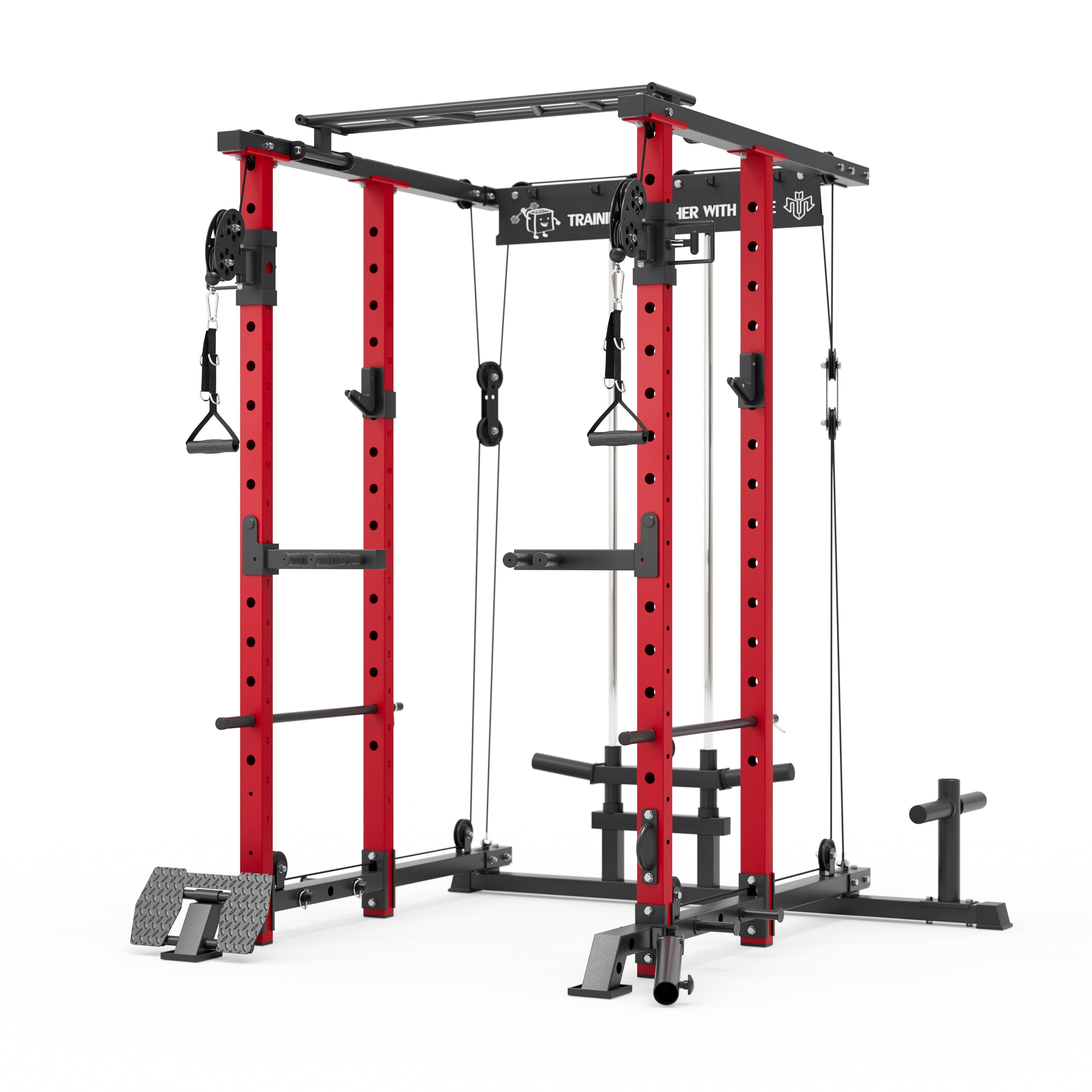
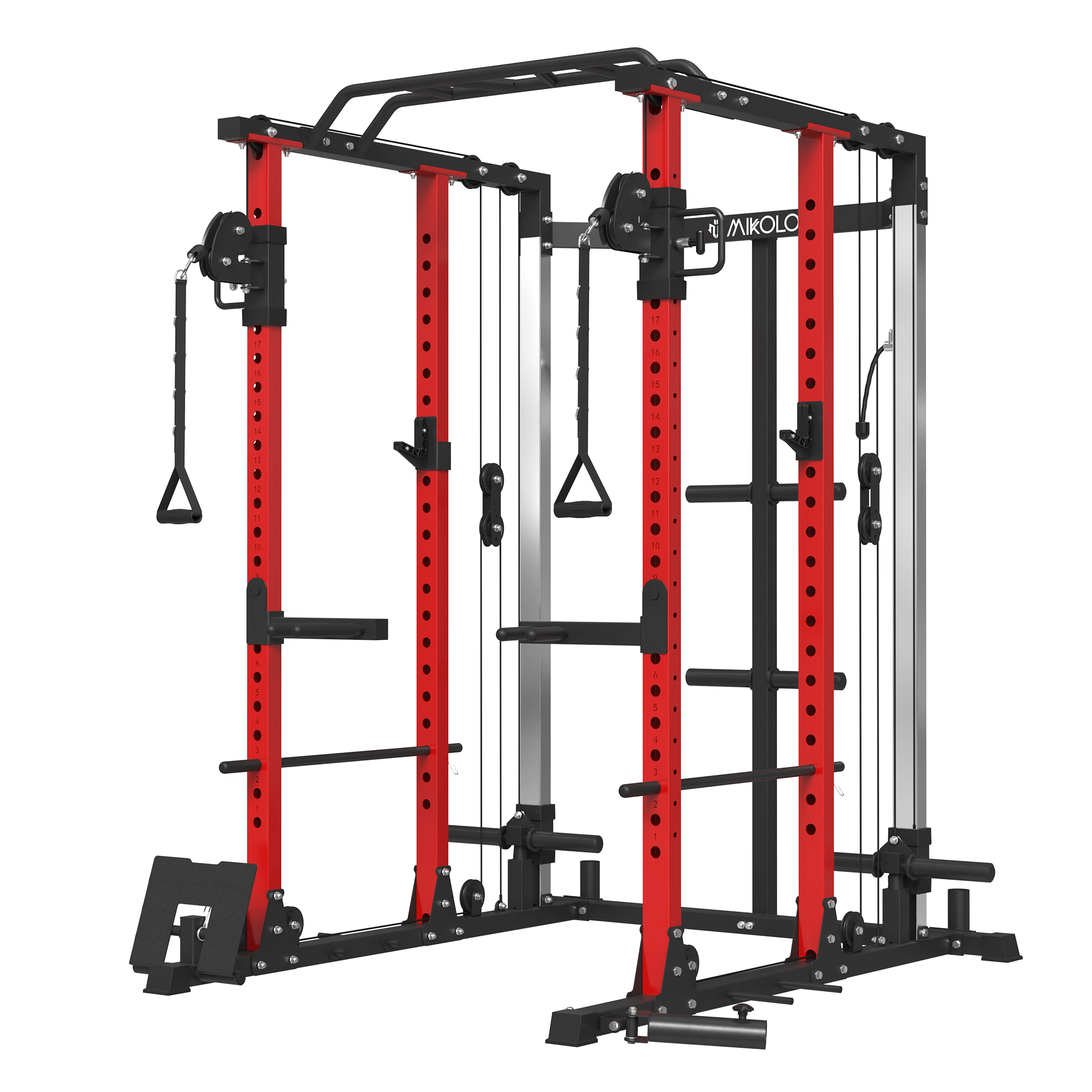

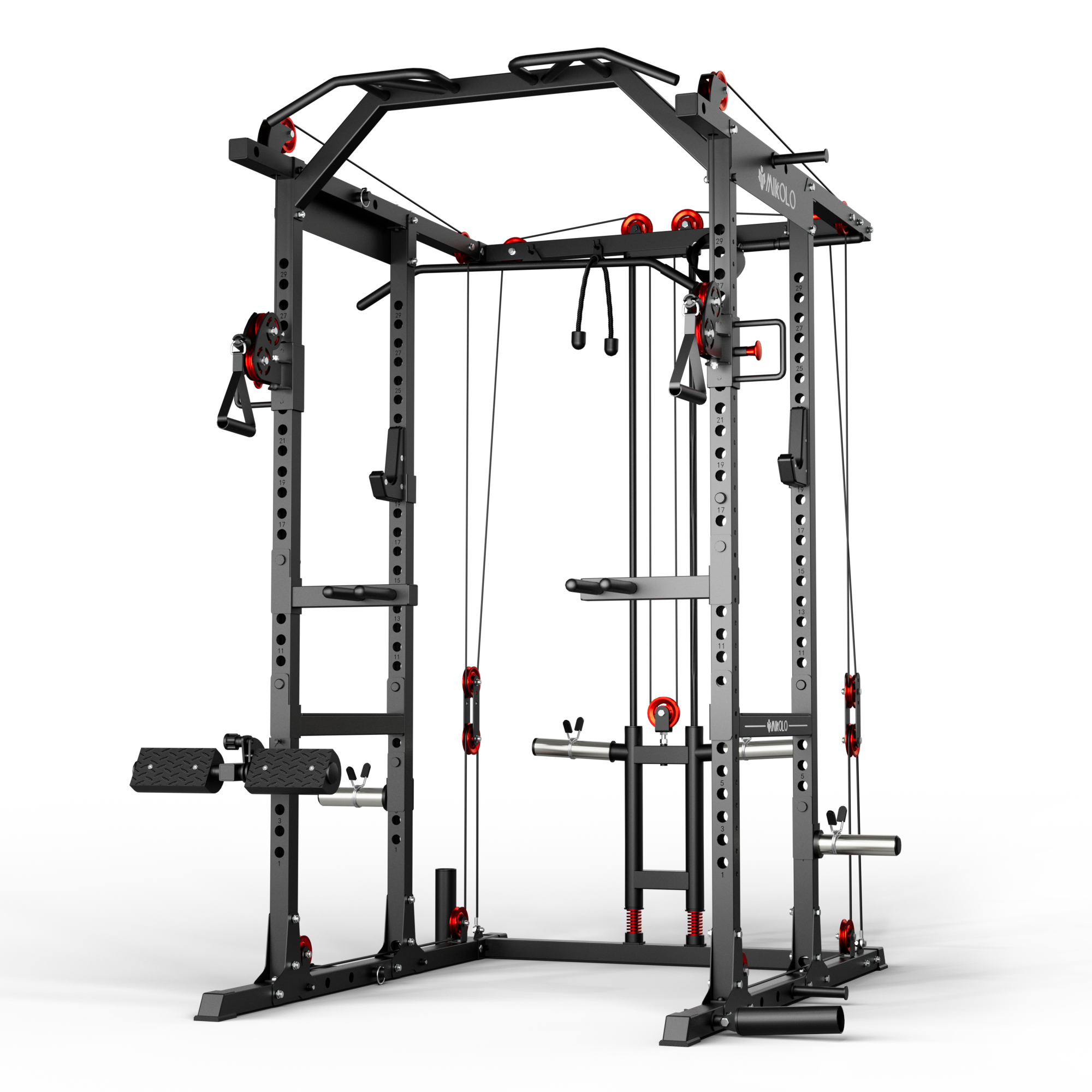
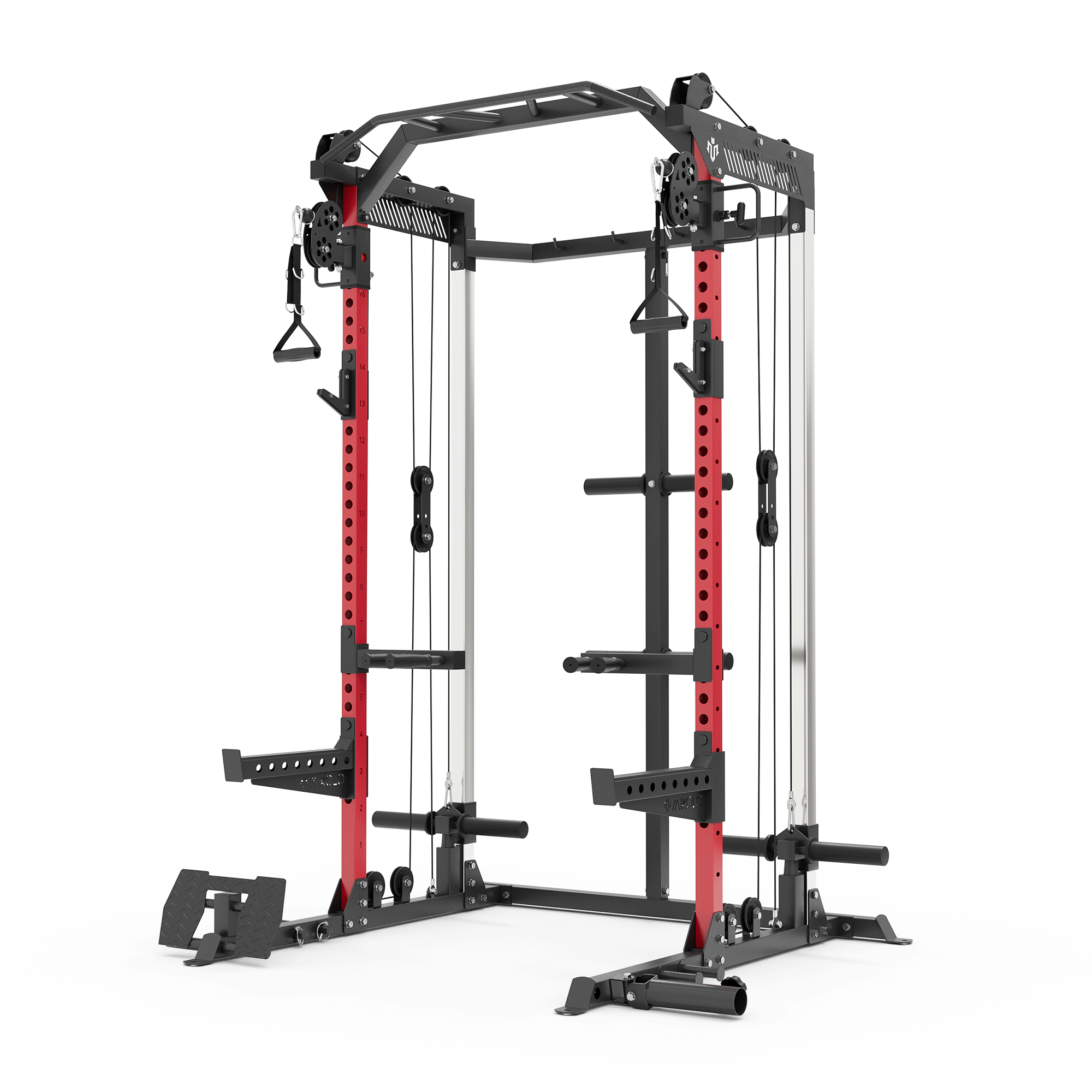
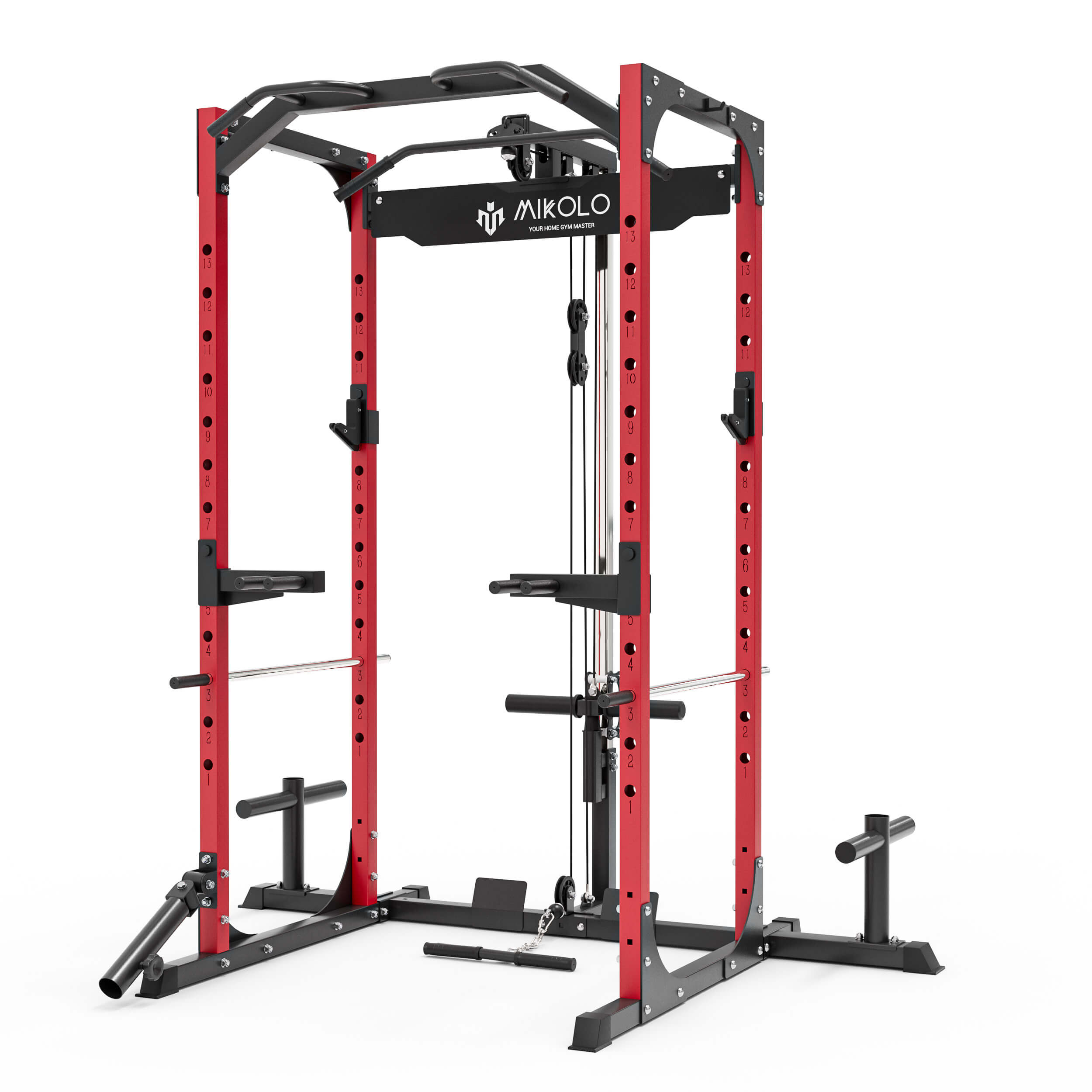




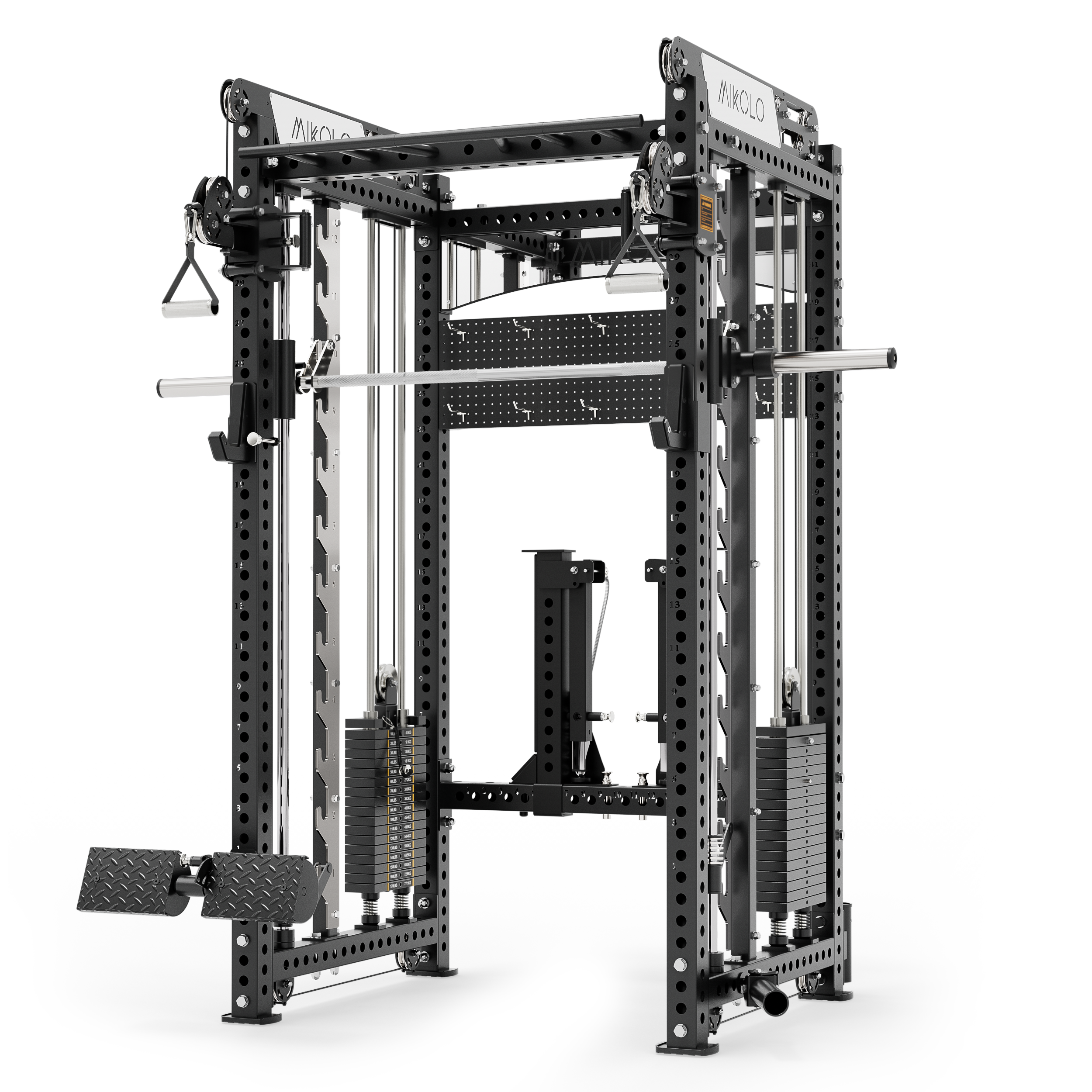
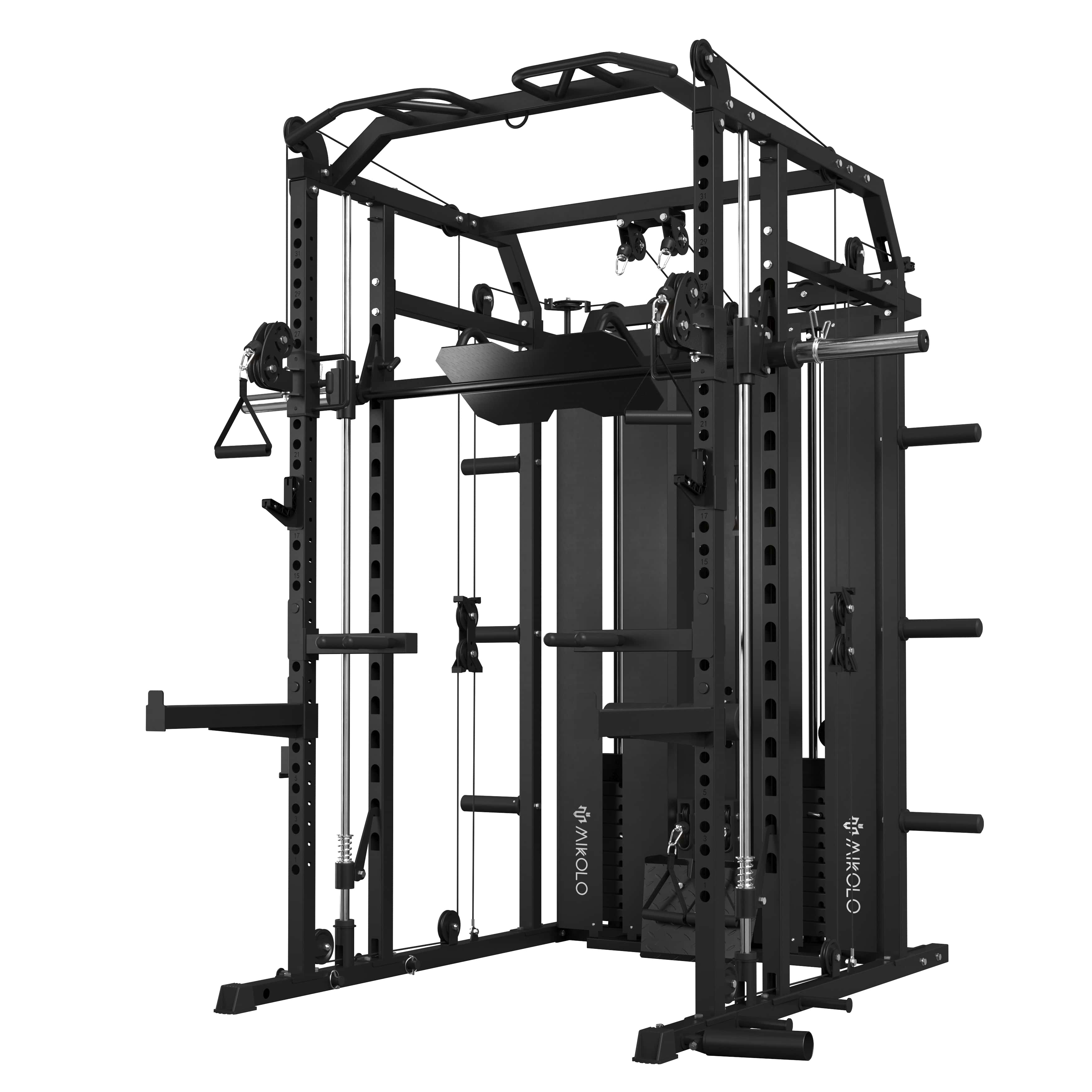
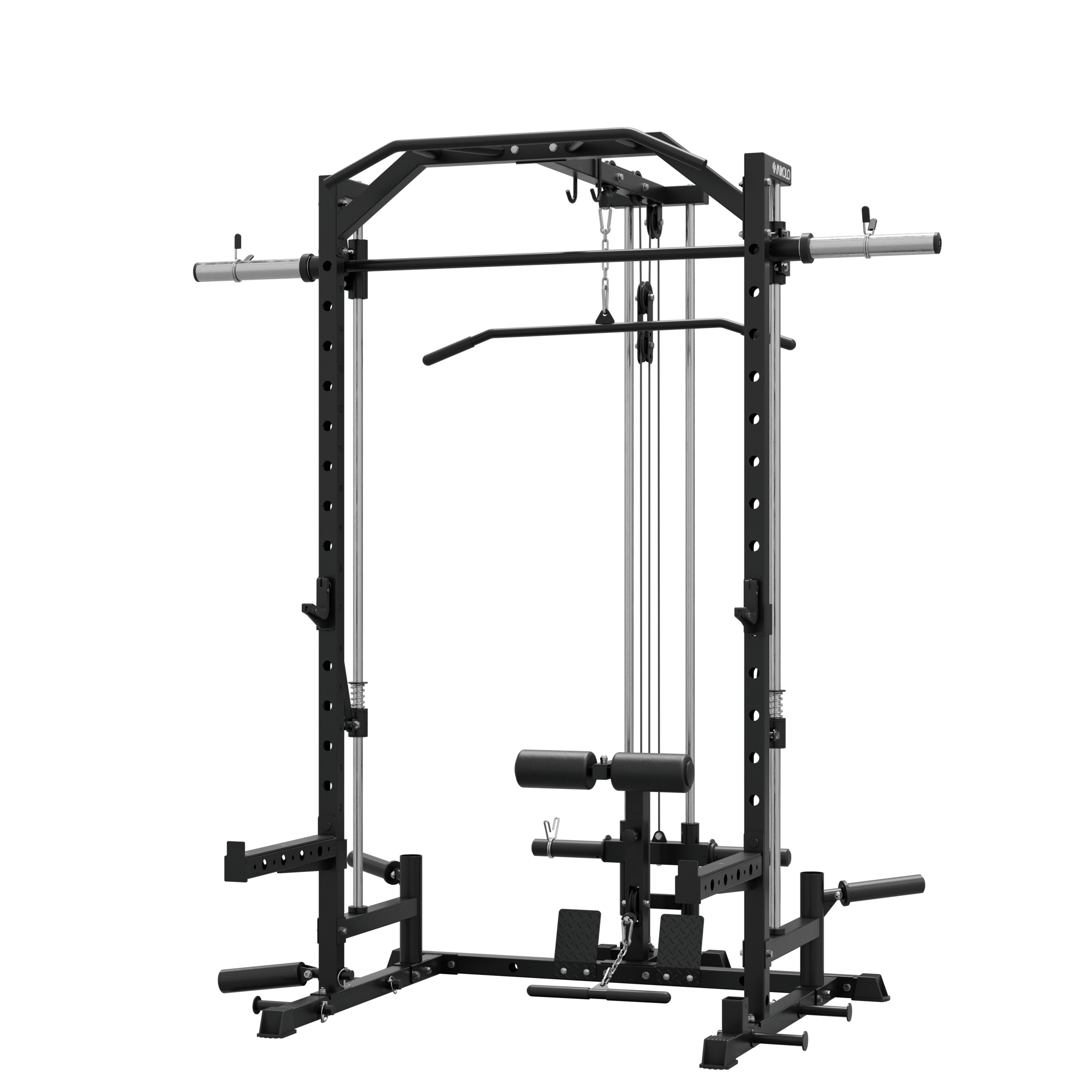
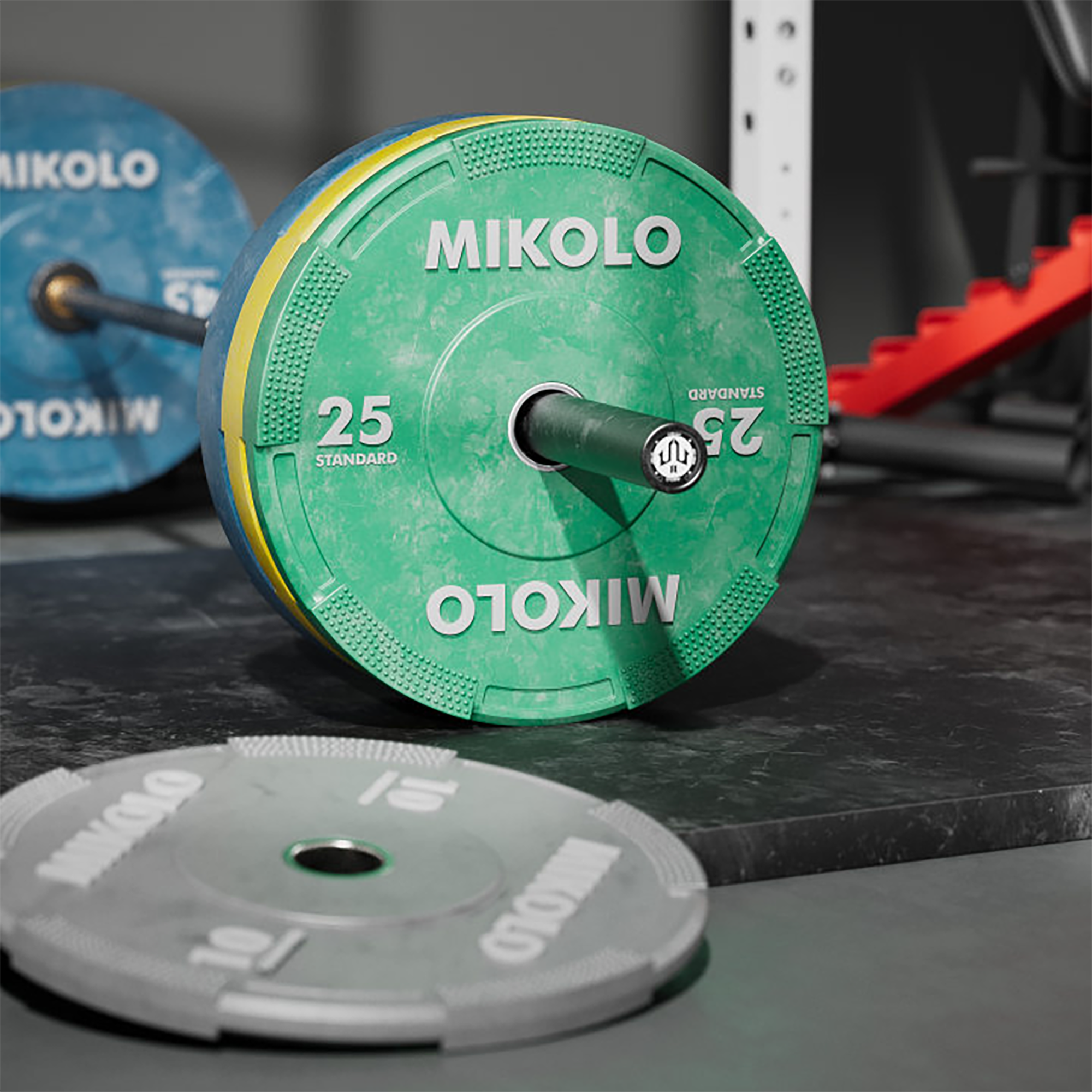


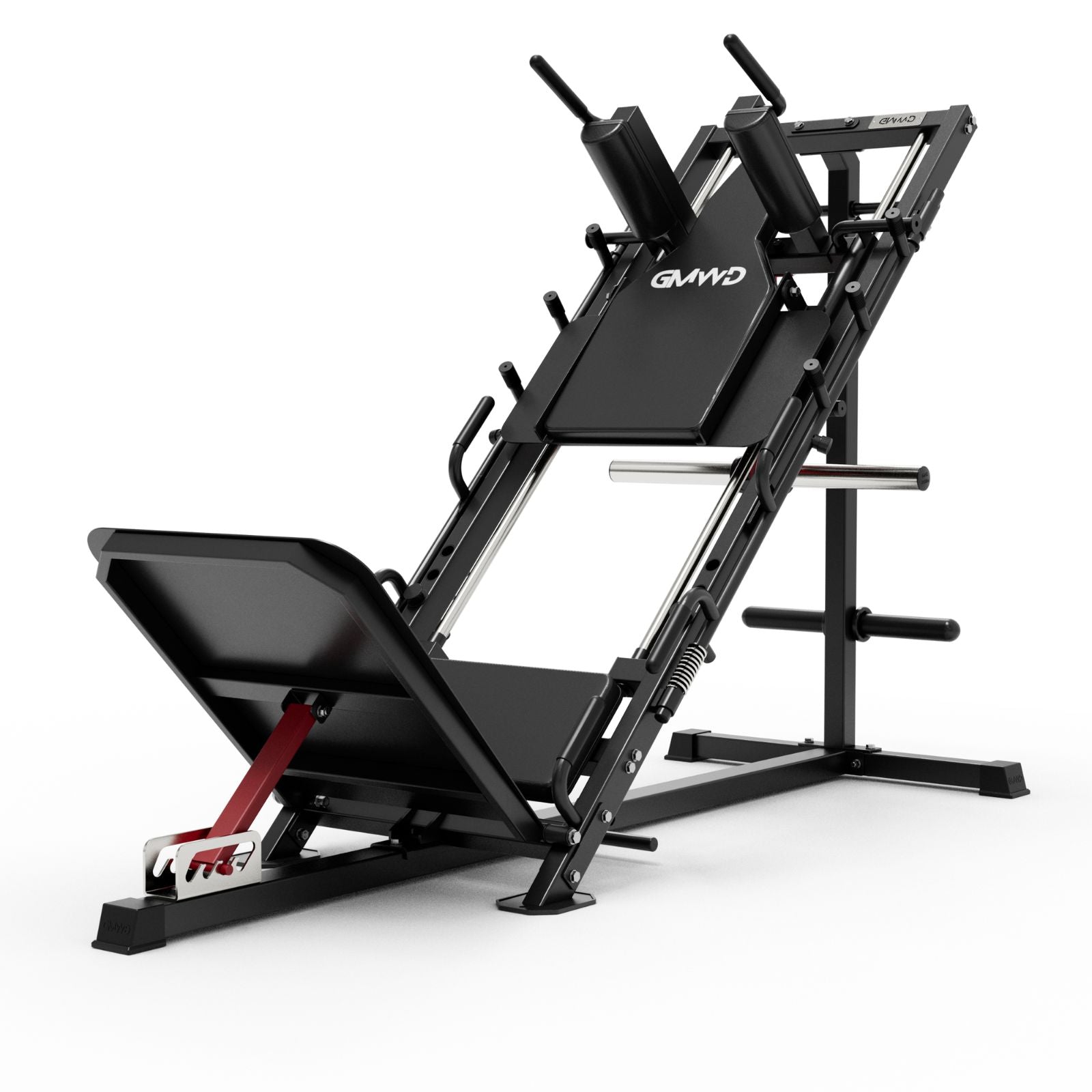


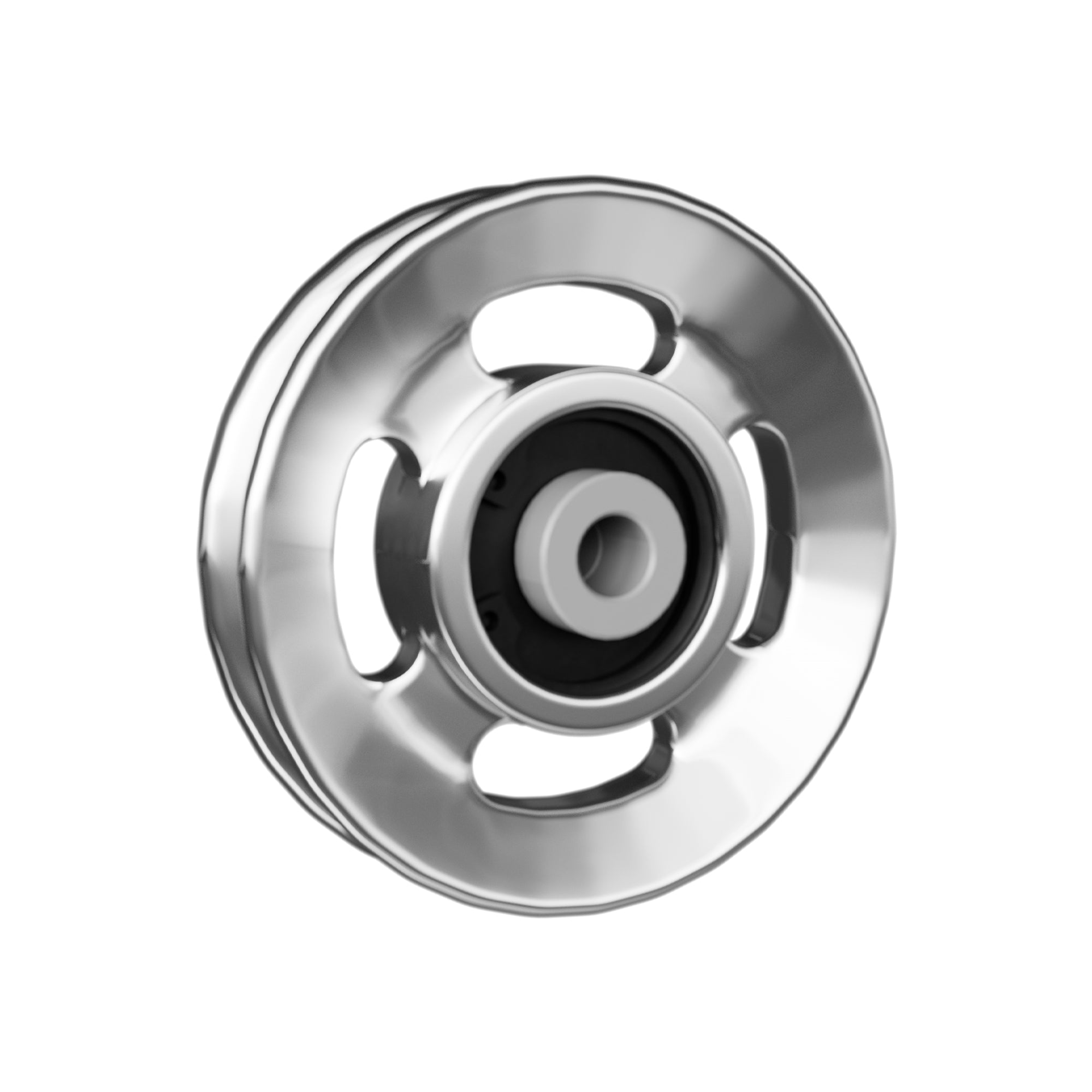
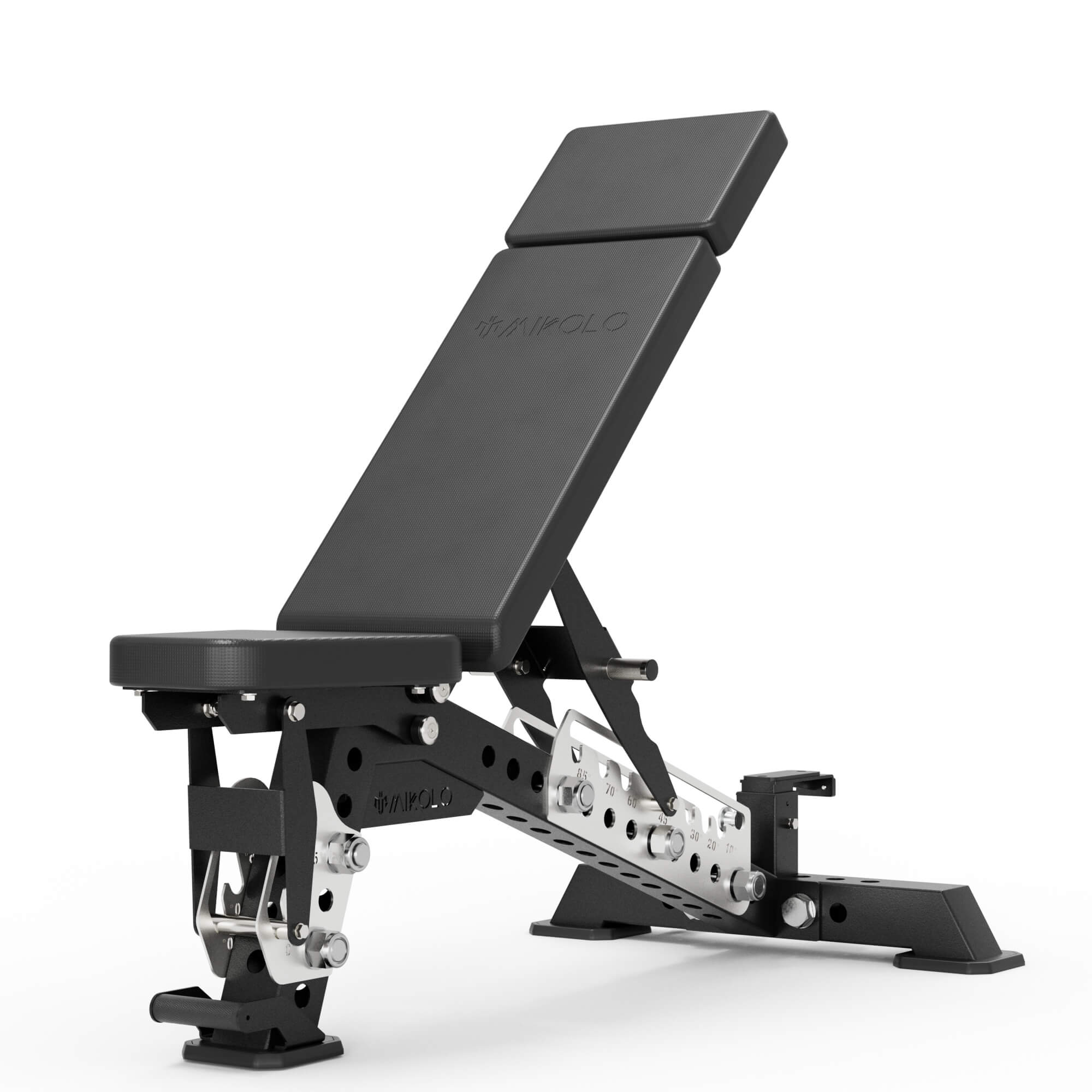
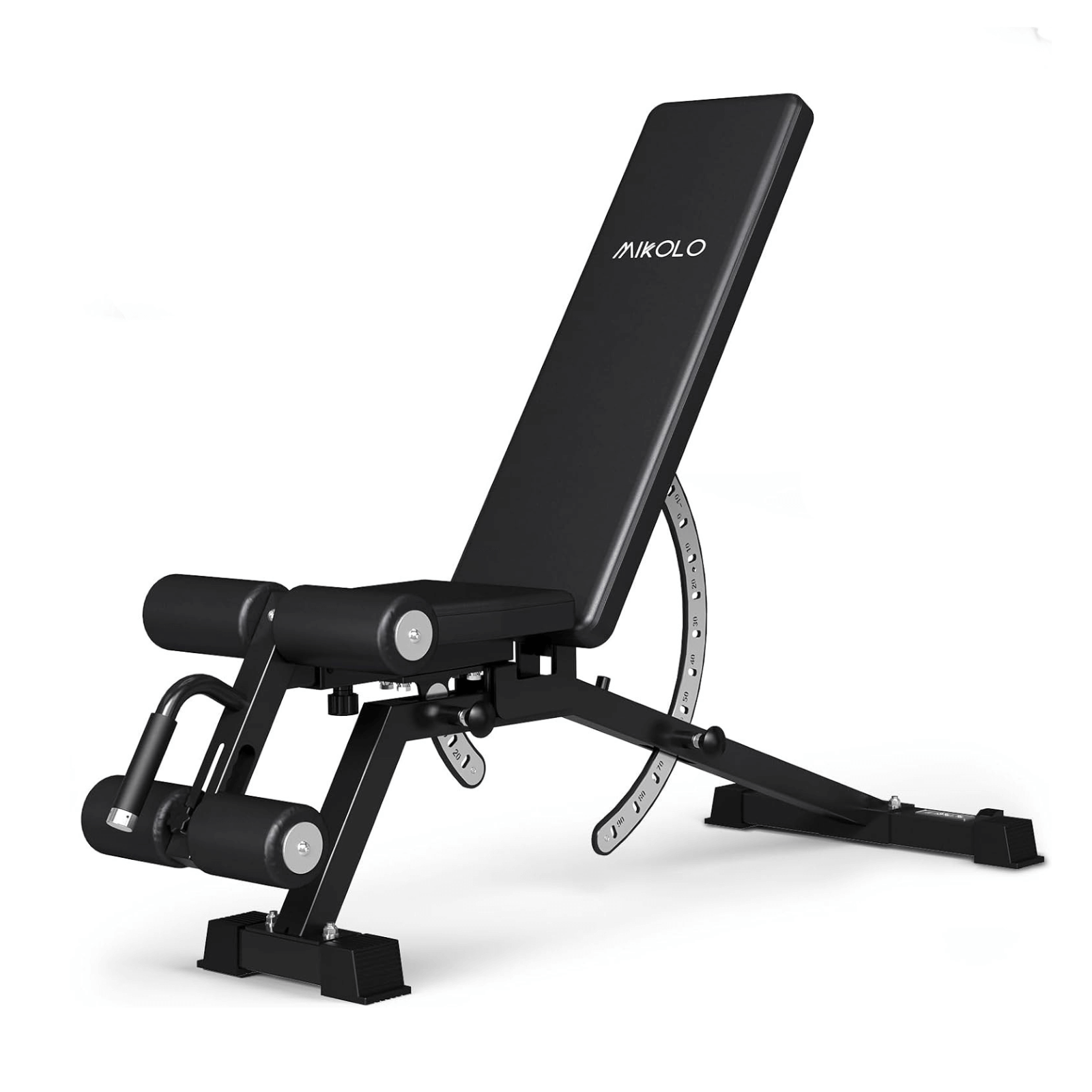

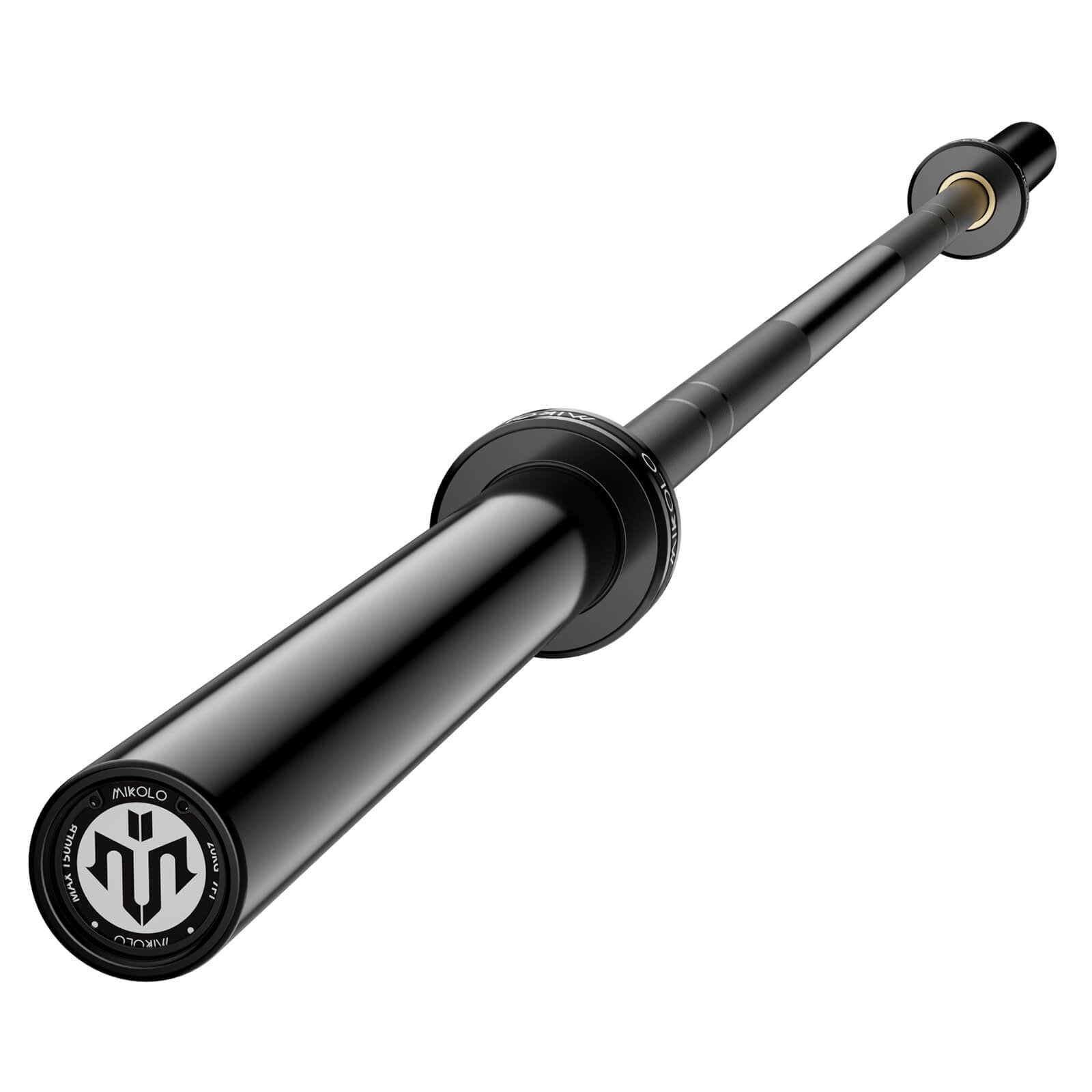
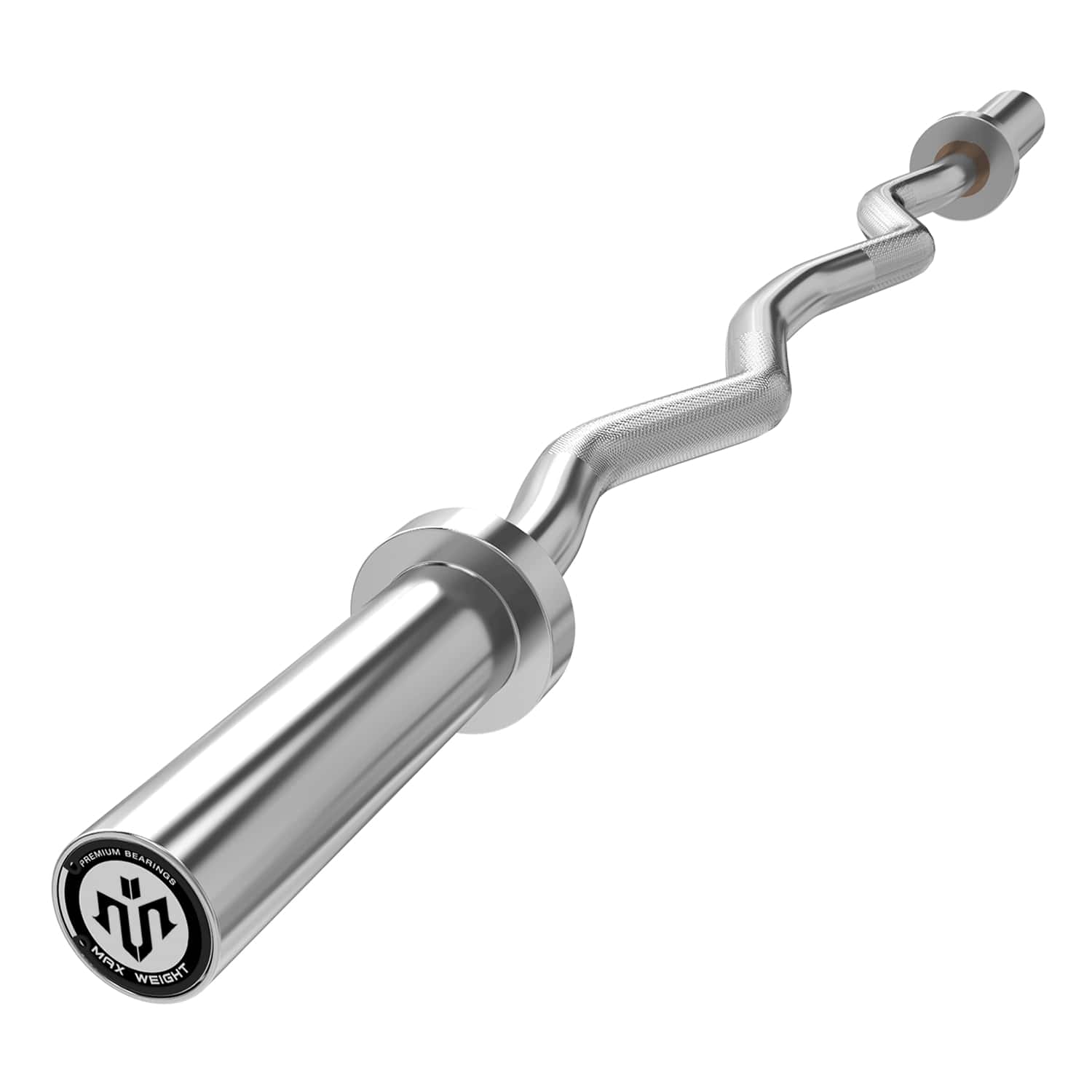
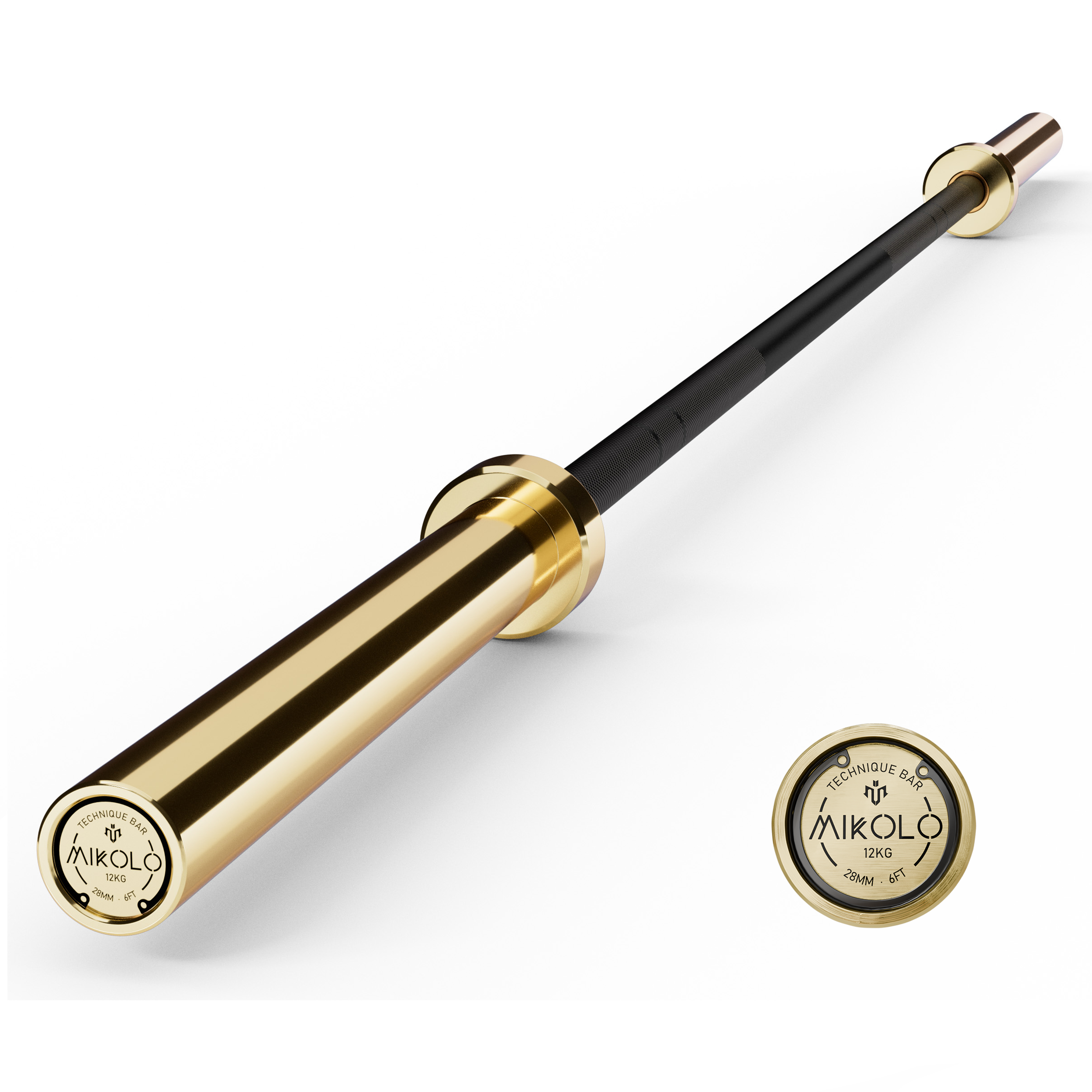
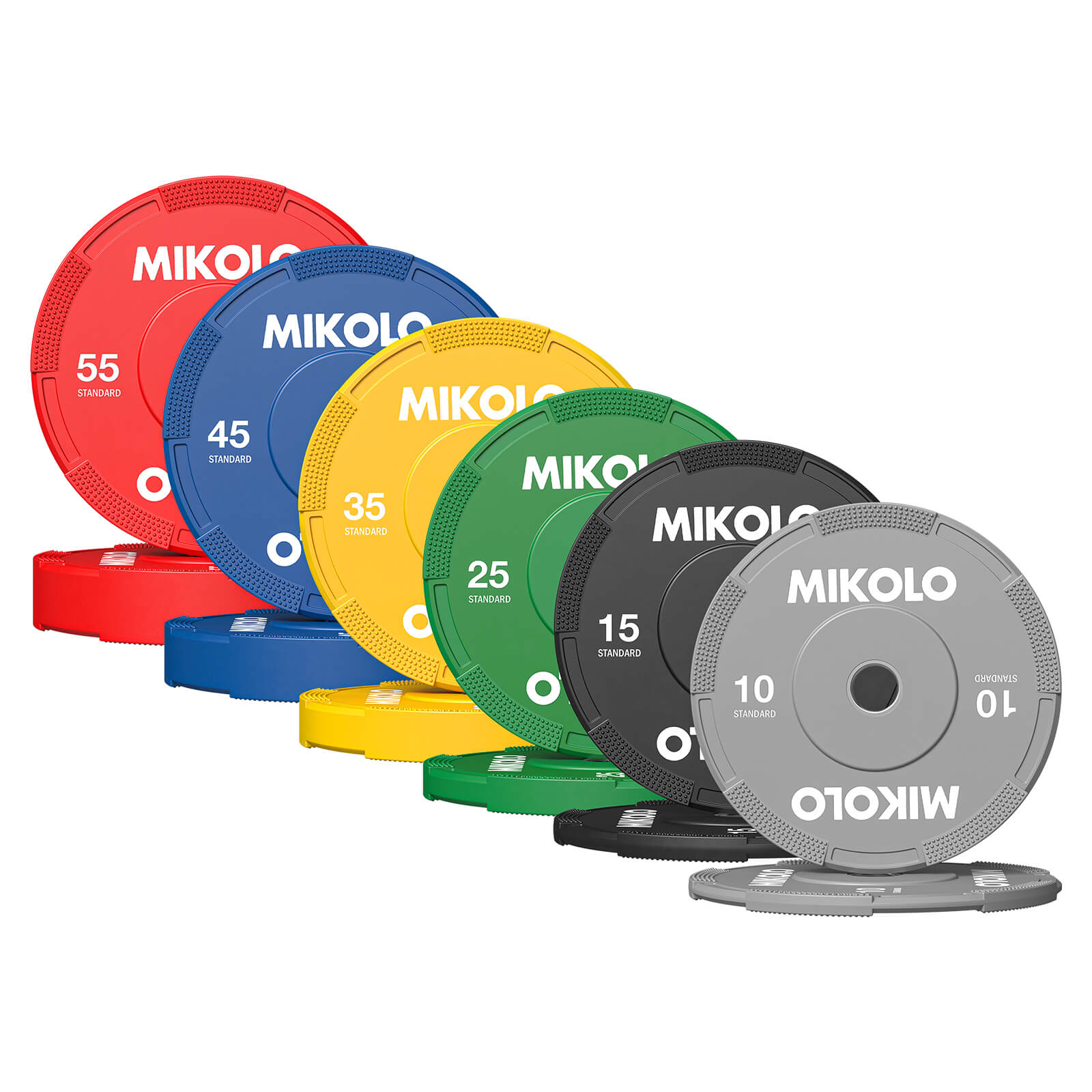
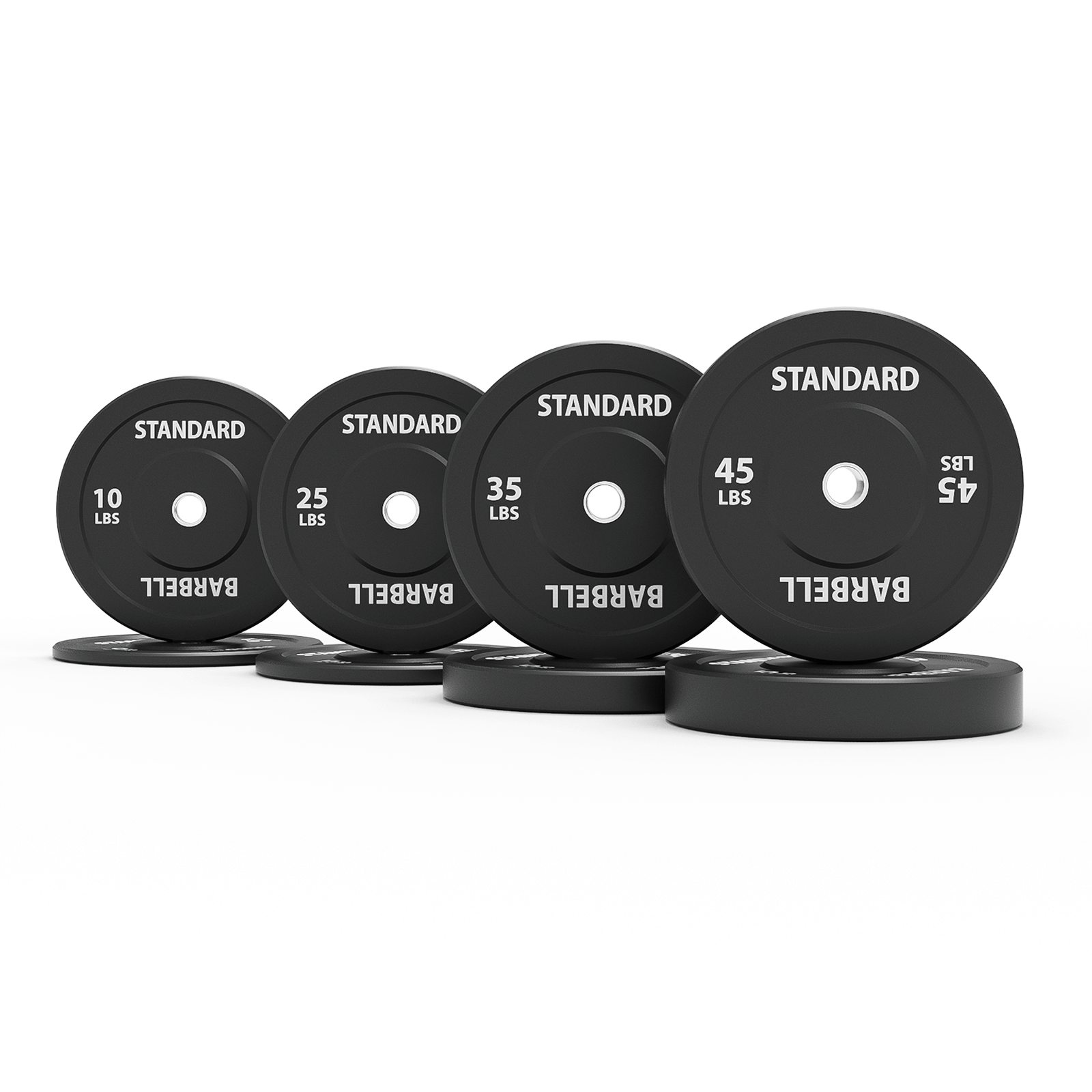


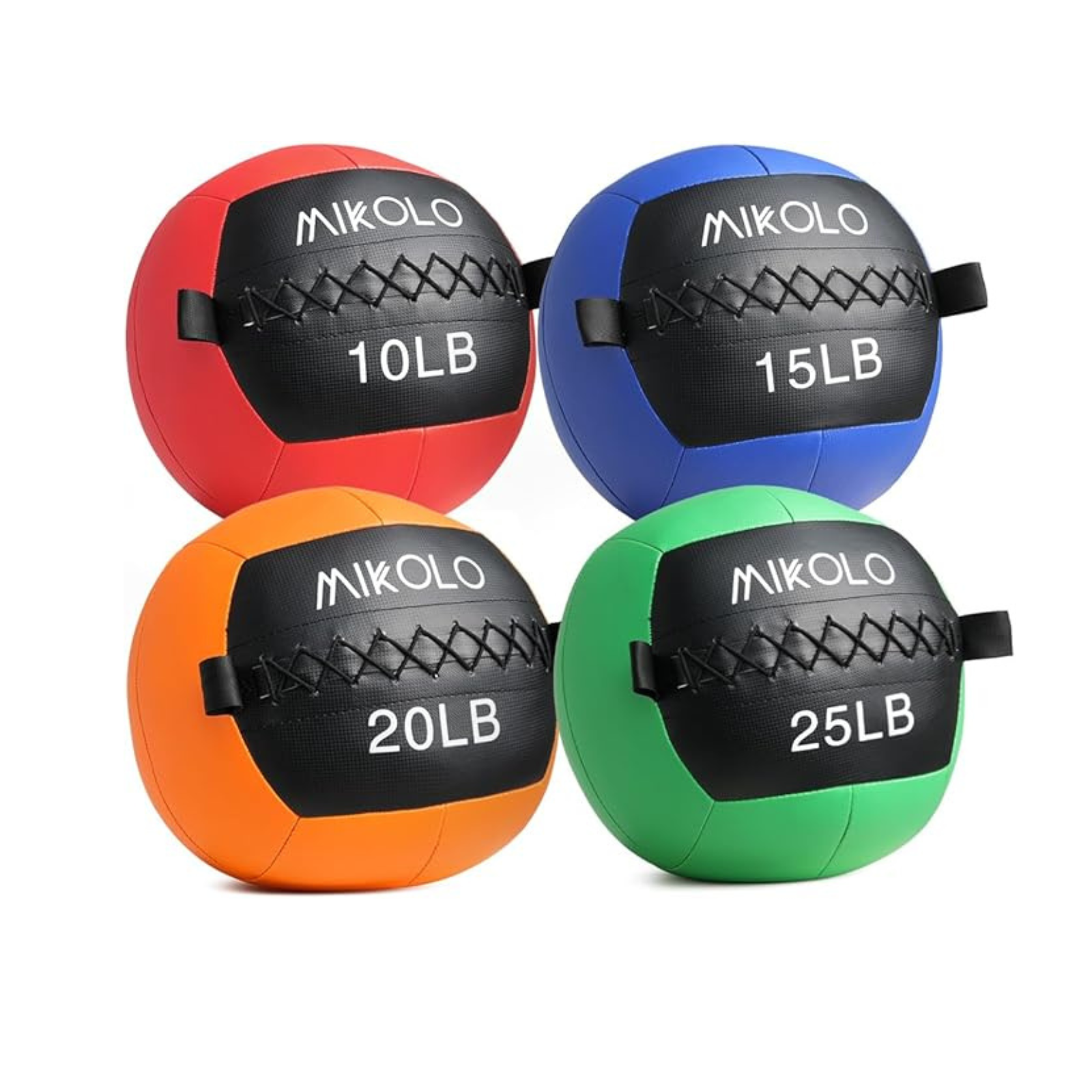
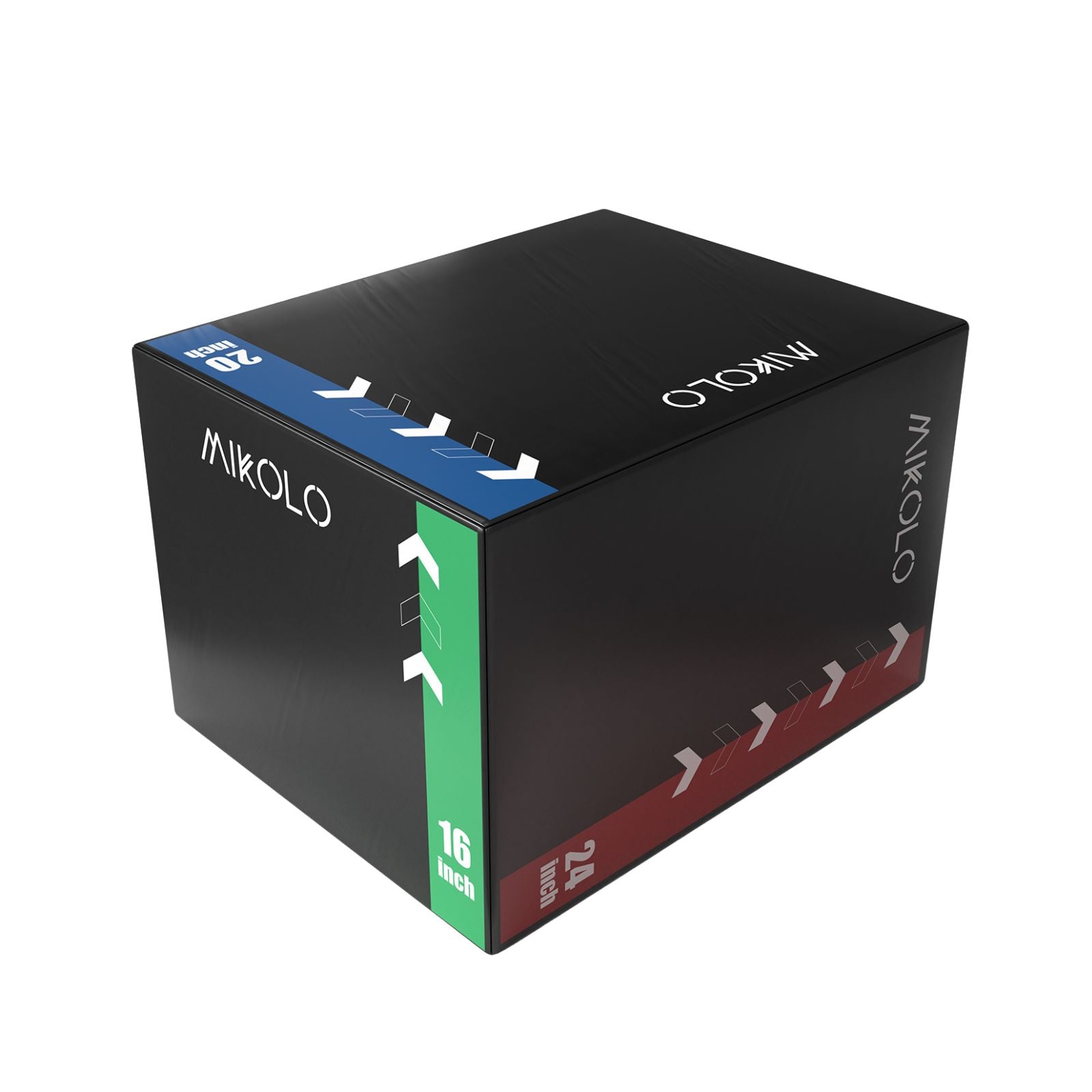
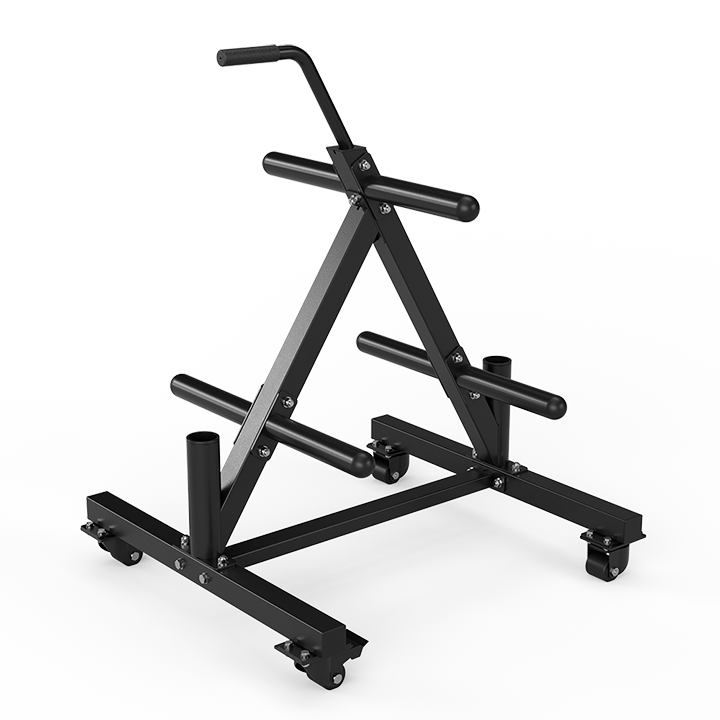
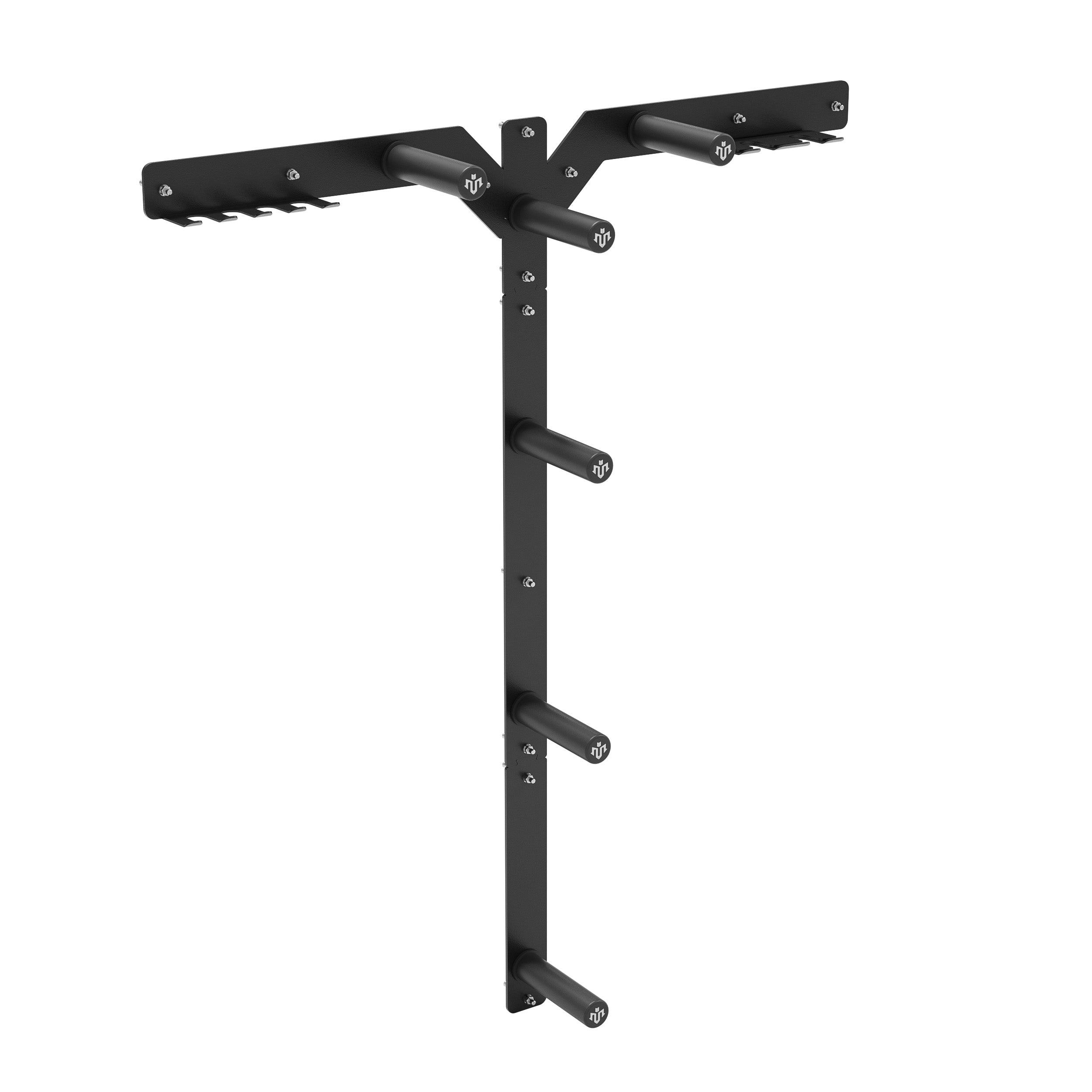




Leave a comment
This site is protected by hCaptcha and the hCaptcha Privacy Policy and Terms of Service apply.